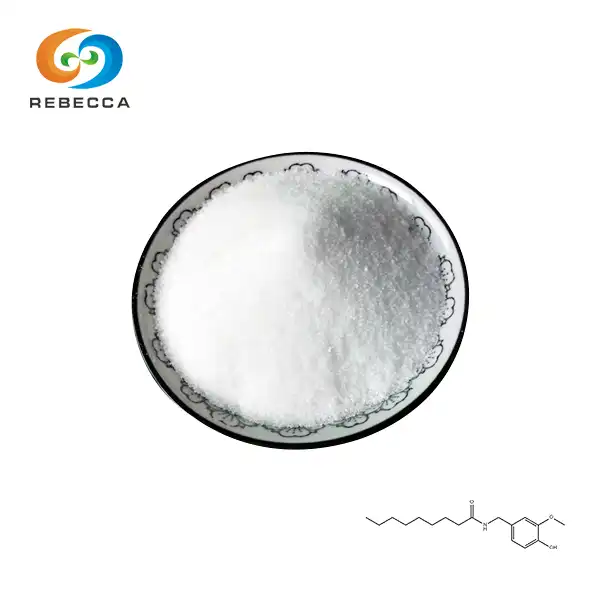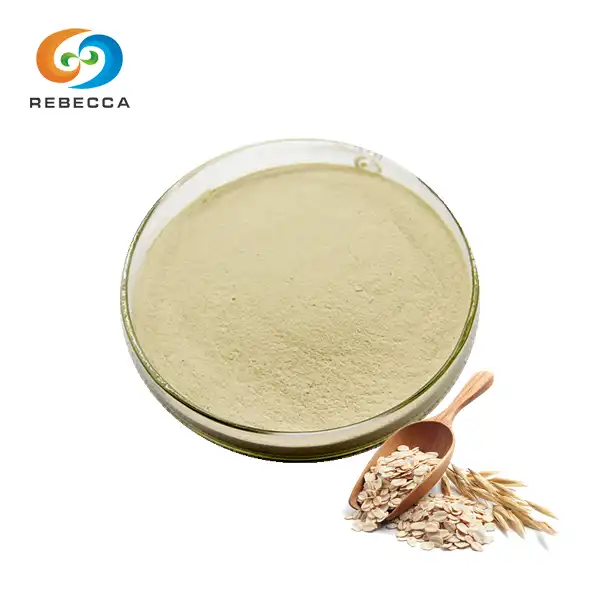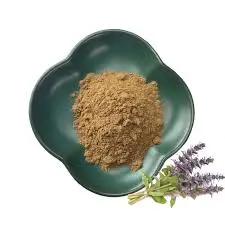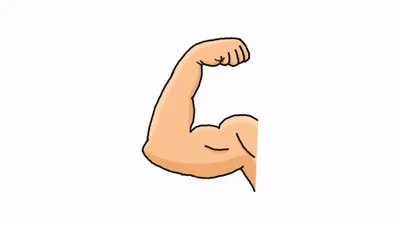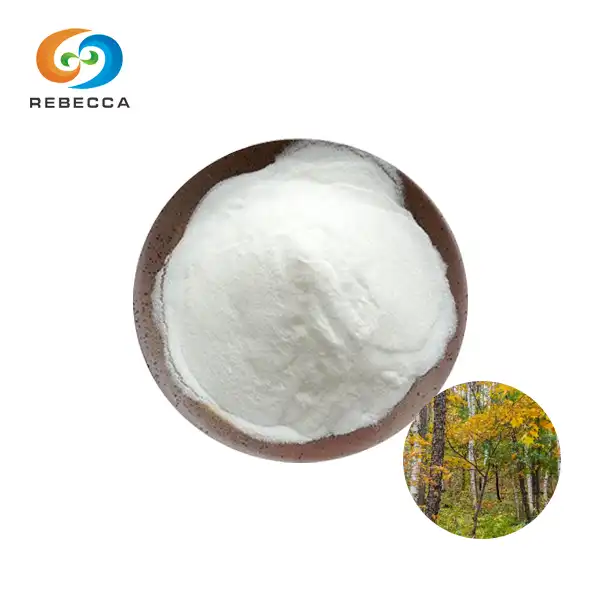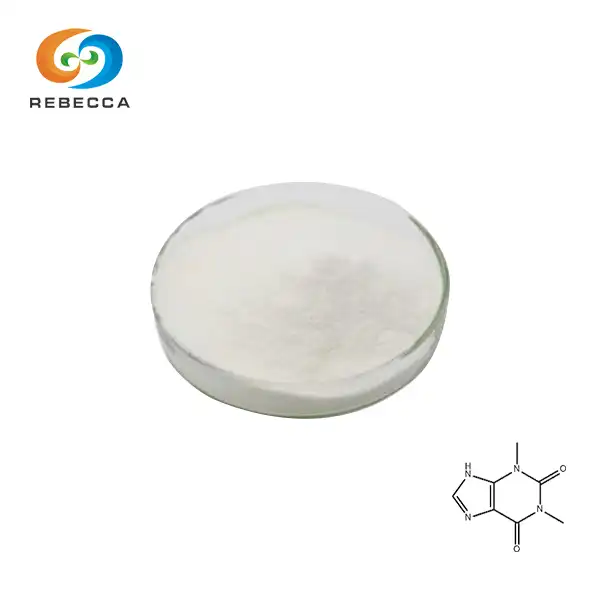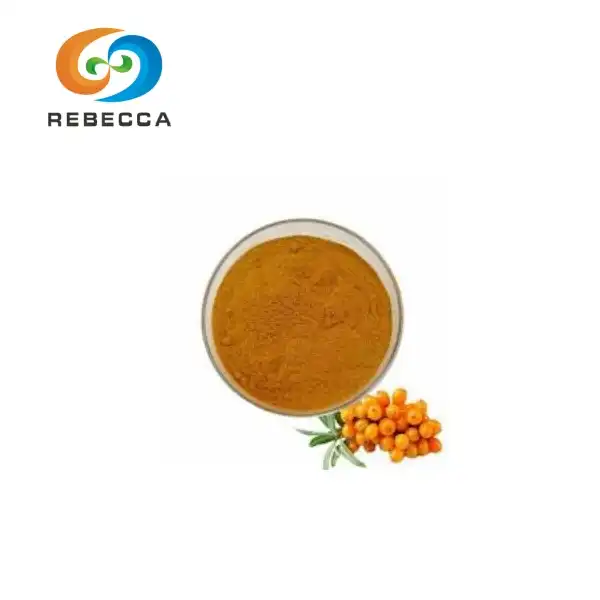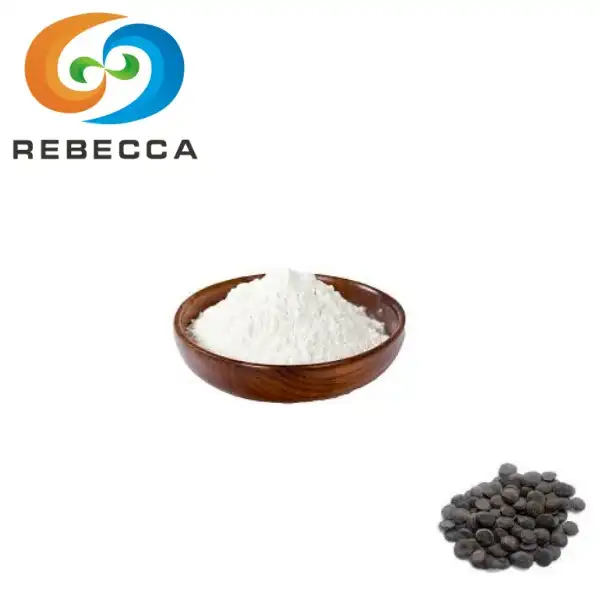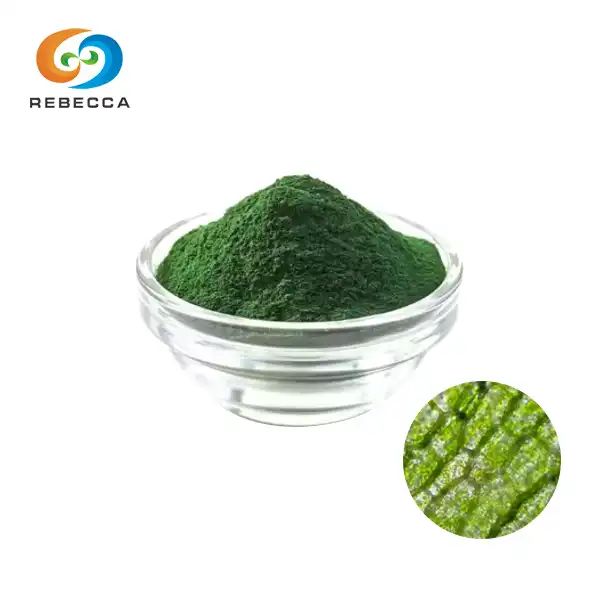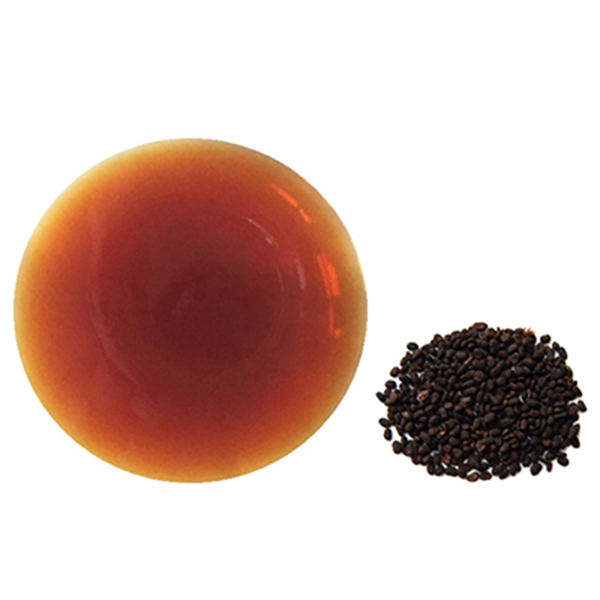What are the main differences between ecdysterone and turkesterone in safety?
For athletes and fitness enthusiasts seeking natural performance enhancers, ecdysterone and turkesterone have gained significant attention. These plant-derived compounds, known as phytoecdysteroids, are touted for their potential anabolic effects. However, questions remain about their relative safety profiles. This comprehensive guide examines the key differences between ecdysterone and turkesterone when it comes to safety considerations.
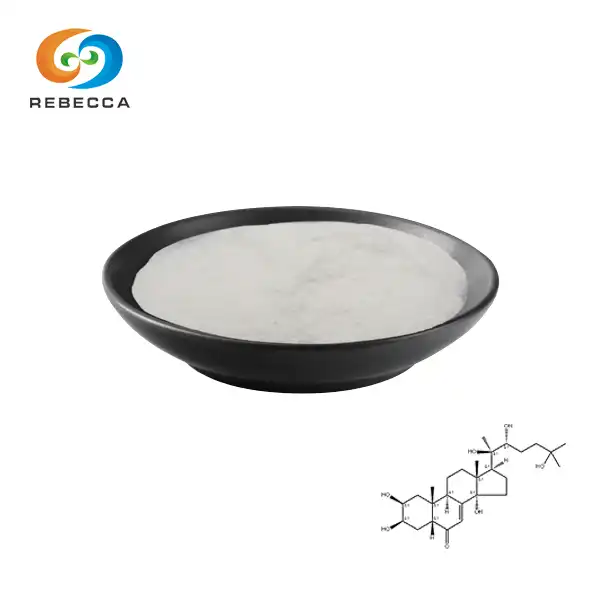
English name: Ecdysterone
Latin Name: Cyanotis arachnoidea CB.Clarke
CAS No.: 5289-74-7
Molecular Formula: C27H44O7
Active ingredients: 20-hydroxyecdysterone;beta-ecdysterone;
Specification: 80%—95%UV, 50%—95%HPLC
Use Part :Root
Appearance: White, Light Yellow, Brown Crystalline Powder
Mesh size:80 Mesh
Test Method: UV, HPLC
Ecdysterone vs Turkesterone: Safety Overview
Origins and Chemical Structure
Ecdysterone, also called 20-hydroxyecdysone or beta-ecdysterone, is found naturally in plants like spinach and quinoa. Turkesterone is derived primarily from Ajuga turkestanica. While chemically similar, these compounds have subtle structural differences that may impact their safety and effects in the human body.
Ecdysterone has been more extensively studied, with research dating back several decades. Its molecular structure closely resembles that of testosterone, though it does not appear to interact with androgen receptors. Turkesterone, on the other hand, has a slightly different structure and less robust scientific data on its safety profile.
Regulatory Status and Legality
Currently, both ecdysterone and turkesterone exist in a regulatory gray area. Neither compound is classified as an anabolic steroid or explicitly banned by major sports organizations. However, the World Anti-Doping Agency (WADA) has placed ecdysterone on its monitoring program, indicating potential future restrictions. Ecdysterone supplier companies can legally sell these products as dietary supplements in many countries. However, the lack of clear regulation means quality control and dosage standardization remain concerns for both compounds.
Toxicity and Side Effects
Based on available research, ecdysterone appears to have a favorable safety profile with minimal reported side effects when used at recommended doses. Studies have not shown signs of liver or kidney toxicity. Turkesterone's safety data is more limited, though anecdotal reports suggest a similar low-risk profile. Neither compound seems to suppress natural hormone production or cause the severe side effects associated with anabolic steroids. However, long-term safety data is lacking, particularly for turkesterone.
Key Benefits and Risks of Ecdysterone Use
Potential Performance Benefits
Ecdysterone has demonstrated promising effects on muscle protein synthesis and athletic performance in some studies. Research suggests it may:
- Increase lean muscle mass
- Enhance strength and power output
- Improve exercise recovery
- Support fat loss
While turkesterone is hypothesized to have similar effects, the scientific evidence is not as robust as that for ecdysterone. More research is needed to confirm turkesterone's efficacy and optimal dosing.
Possible Mechanisms of Action
Ecdysterone is believed to exert its anabolic effects through non-hormonal pathways. It may activate certain signaling cascades involved in protein synthesis without directly binding to androgen receptors. This mechanism could explain its apparent lack of androgenic side effects. Turkesterone's exact mechanisms remain less clear due to limited research. Some theorize it may have a higher anabolic potential than ecdysterone, but this has not been conclusively proven in human studies.
Safety Considerations for Athletes
For competitive athletes subject to drug testing, ecdysterone presents a lower risk of inadvertent doping violations compared to turkesterone. Ecdysterone's chemical structure and metabolites are better characterized, making it easier to distinguish from banned substances in testing. However, given WADA's increased scrutiny of ecdysterone, athletes should exercise caution and consult with sports medicine professionals before using either compound. The lack of standardization in supplement manufacturing also poses a contamination risk.

Choosing Safe Ecdysterone Supplements
Quality Control and Third-Party Testing
When selecting an ecdysterone supplement, prioritize products from reputable manufacturers that undergo third-party testing for purity and potency. Look for certificates of analysis and clear labeling of active ingredient content. Ecdysterone supplier companies should be transparent about their sourcing and manufacturing processes. Avoid products making exaggerated claims or those lacking clear dosage information.
Dosage and Administration
Optimal ecdysterone dosages have not been definitively established. Most studies have used doses ranging from 200 mg to 2000 mg per day, typically divided into multiple administrations. Start with lower doses and gradually increase as tolerated. Cycling ecdysterone use (e.g., 8 weeks on, 4 weeks off) may help mitigate potential tolerance or long-term safety concerns. Always consult with a healthcare professional before beginning any new supplement regimen.
Potential Interactions and Contraindications
While generally considered safe, ecdysterone may interact with certain medications or health conditions. Exercise caution if you have:
- Hormone-sensitive conditions
- Liver or kidney disease
- Bleeding disorders
- Upcoming surgery
Pregnant or breastfeeding women should avoid ecdysterone due to insufficient safety data. Additionally, those taking blood thinners or diabetes medications should consult their doctor before using ecdysterone supplements.
Stacking with Other Supplements
Some users combine ecdysterone with other natural performance enhancers like creatine, beta-alanine, or protein supplements. While these combinations appear safe for most individuals, research on potential synergistic effects or interactions is limited. Avoid stacking ecdysterone with hormonal compounds or prohormones, as this may increase the risk of side effects or regulatory issues. Always introduce new supplements one at a time to assess individual tolerance and effects.
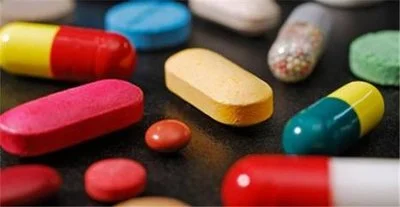
Conclusion
Ecdysterone appears to have a more favorable safety profile compared to turkesterone, primarily due to the greater body of research supporting its use. While both compounds show promise as natural performance enhancers, ecdysterone's well-documented lack of androgenic side effects and potential anabolic benefits make it a potentially safer choice for those seeking alternative muscle-building supplements. However, long-term safety data remains limited for both substances, and users should approach their use with caution and under professional guidance.
At Shaanxi Rebecca Bio-Tech Co., Ltd., we are committed to providing high-quality, pure ecdysterone powder derived from natural plant sources. Our advanced production techniques, including high-temperature drying and ultra-fine grinding, ensure maximum potency and bioavailability. Whether you're formulating sports nutrition products or researching novel health supplements, our ecdysterone meets the highest standards of quality and safety. To learn more about our ecdysterone powder and other premium herbal extracts, please contact us at information@sxrebecca.com.
FAQs
Is ecdysterone legal for competitive athletes?
Currently, ecdysterone is not banned by major sports organizations, but it is on WADA's monitoring list. Athletes should consult their governing bodies before use.
How does ecdysterone compare to synthetic anabolic steroids in terms of safety?
Ecdysterone appears to have a much better safety profile than synthetic steroids, with no evidence of hormonal suppression or severe side effects.
Can ecdysterone be detected in drug tests?
Standard drug tests do not typically screen for ecdysterone. However, advanced testing methods may be able to detect its presence.
What is the optimal dosage of ecdysterone for muscle growth?
Research has used doses ranging from 200-2000 mg per day, but optimal dosages are not yet established. Start low and consult a healthcare professional.
Are there any known long-term risks associated with ecdysterone use?
Long-term safety data is limited. While short-term use appears safe, potential risks of prolonged high-dose supplementation are not fully understood.
References
1. Dinan, L. (2001). Phytoecdysteroids: biological aspects. Phytochemistry, 57(3), 325-339.
2. Parr, M. K., Botrè, F., Naß, A., Hengevoss, J., Diel, P., & Wolber, G. (2015). Ecdysteroids: A novel class of anabolic agents? Biology of Sport, 32(2), 169-173.
3. Syrov, V. N. (2000). Comparative experimental investigation of the anabolic activity of phytoecdysteroids and steranabols. Pharmaceutical Chemistry Journal, 34(4), 193-197.
4. Gorelick-Feldman, J., Maclean, D., Ilic, N., Poulev, A., Lila, M. A., Cheng, D., & Raskin, I. (2008). Phytoecdysteroids increase protein synthesis in skeletal muscle cells. Journal of Agricultural and Food Chemistry, 56(10), 3532-3537.
5. Bathori, M., Toth, N., Hunyadi, A., Marki, A., & Zador, E. (2008). Phytoecdysteroids and anabolic-androgenic steroids--structure and effects on humans. Current Medicinal Chemistry, 15(1), 75-91.
_1730691017423.webp)

